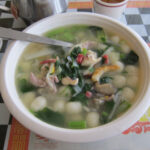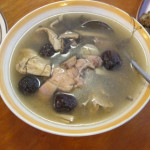
This gallery contains 1 photo.
One of my passions is to explore traditional Chinese food, but along with this comes a celebration of the traditions for which the food is served. A good example of this is Rice Ball (Tang Yuan) Soup served at the … Continue reading

